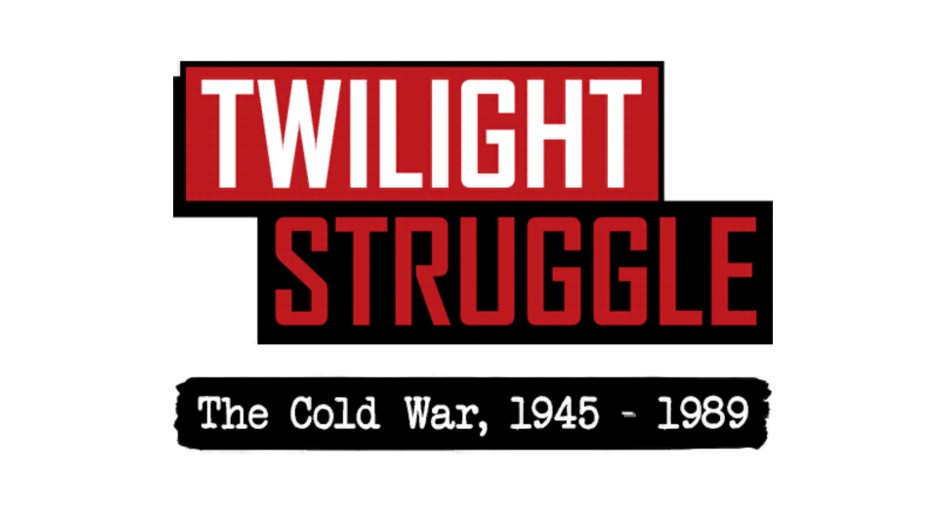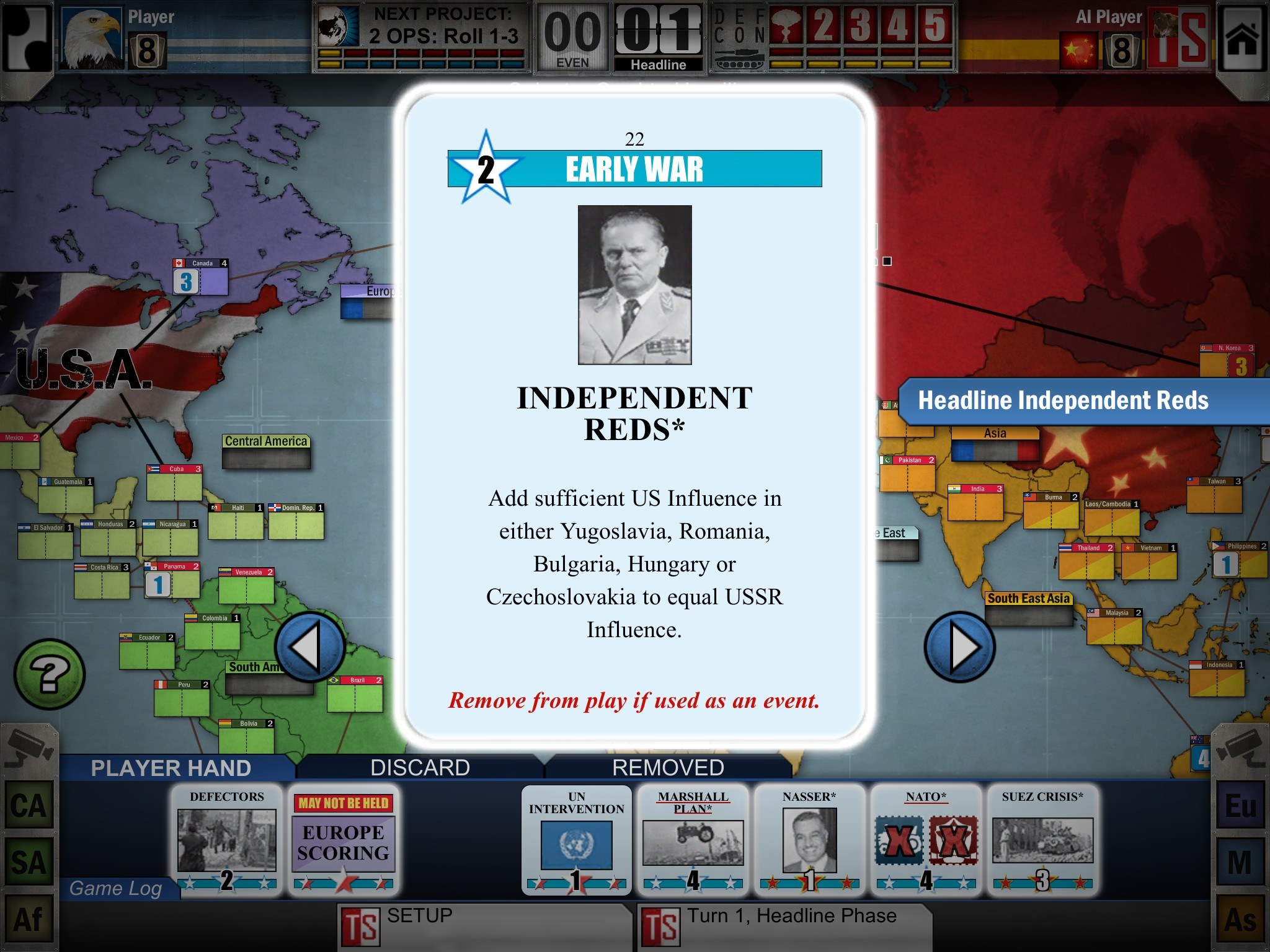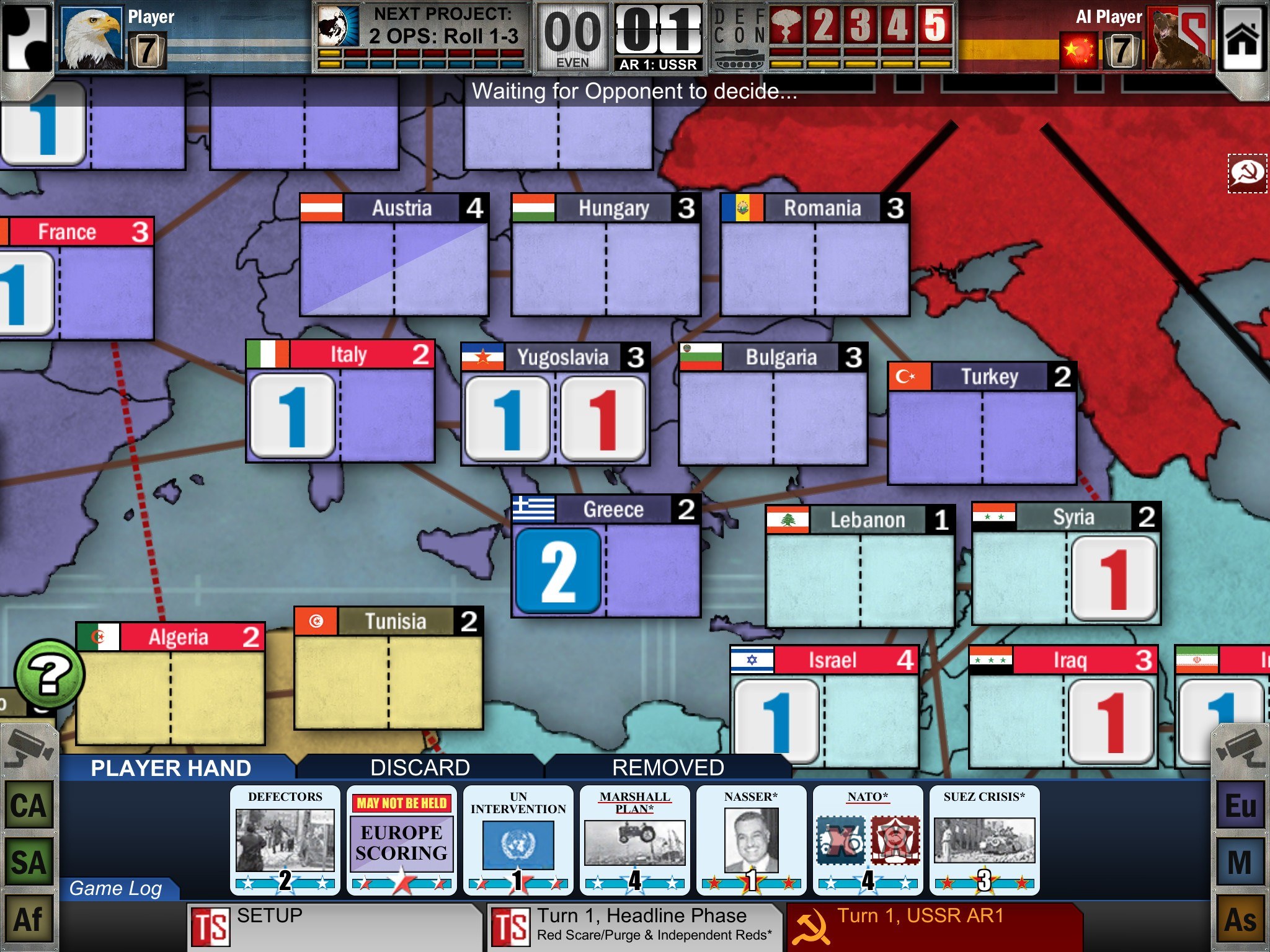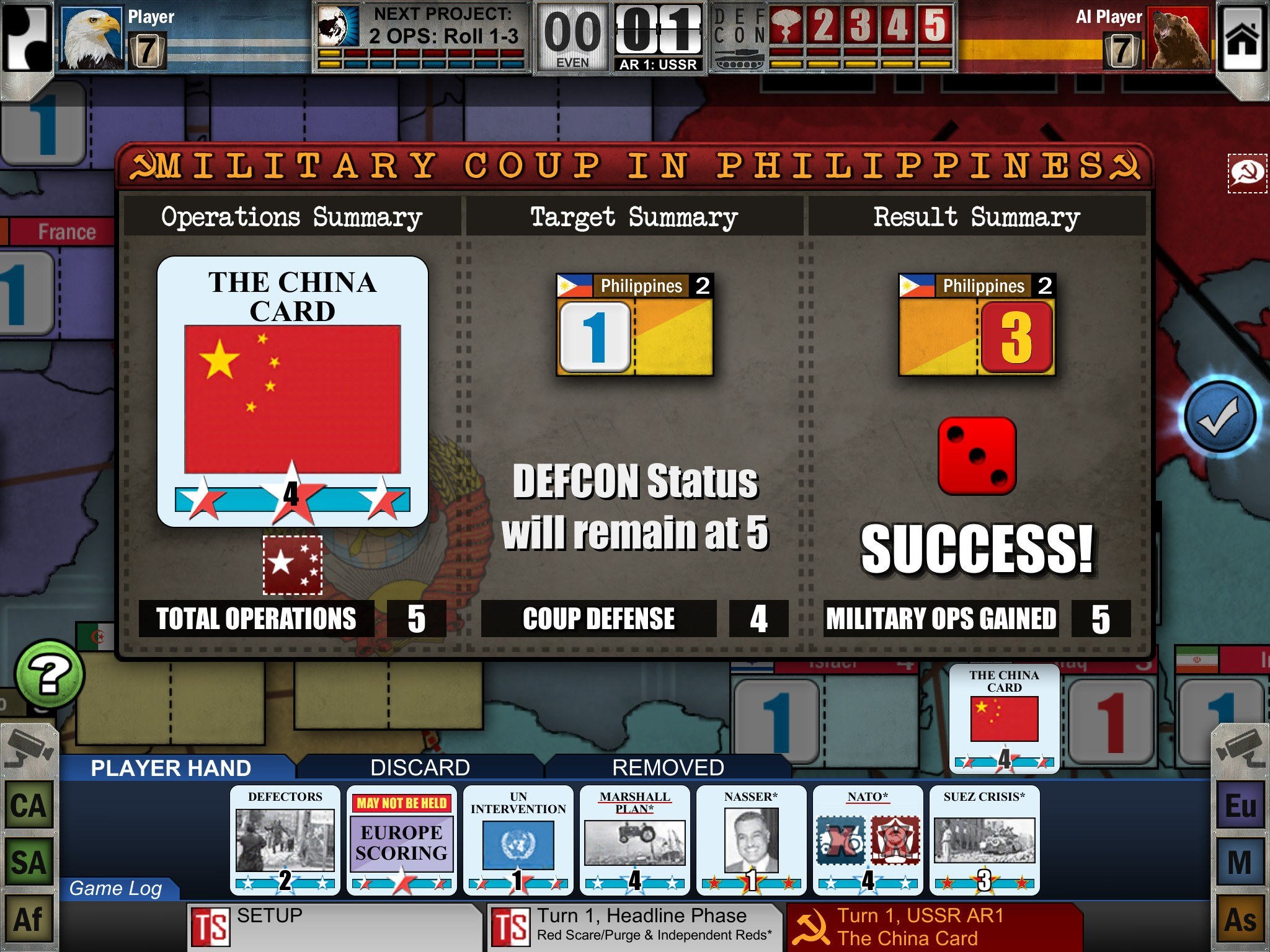- Wondering how to get Monopoly GO! free rolls? Well, you’ve come to the right place. In this guide, we provide you with a bunch of tips and tricks to get some free rolls for the hit new mobile game. We’ll …
Best Roblox Horror Games to Play Right Now – Updated Weekly
By Adele Wilson
Our Best Roblox Horror Games guide features the scariest and most creative experiences to play right now on the platform!The BEST Roblox Games of The Week – Games You Need To Play!
By Sho Roberts
Our feature shares our pick for the Best Roblox Games of the week! With our feature, we guarantee you'll find something new to play!Type Soul Clan Rarity Guide – All Legendary And Common Clans Listed!
By Nathan Ball
Wondering what your odds of rolling a particular Clan are? Wonder no more, with my handy Type Soul Clan Rarity guide.
Twilight Struggle Review: Total Cold War
Twilight Struggle is an enormous game, both in terms of the scope of history that it covers and the number of things you need to remember if you want to be successful. It’s a game about influence, about throwing spanners into …

Twilight Struggle is an enormous game, both in terms of the scope of history that it covers and the number of things you need to remember if you want to be successful. It’s a game about influence, about throwing spanners into the works of your opponent’s nuclear plans, and trying to make sure you don’t inadvertently blow up the planet in the process.
There’s no humor here — just a game of cat and mouse played out between superpowers over the course of more than thirty years. And if you’re willing to put the time in, you’re going to find a lot to like here.

The game lets you play as the USSR or the USA during the Cold War. The game board is a map of the world, divided into different sections that you need to try and control, or at least stop your opponent from controlling. But it’s not just about taking over the world, it’s about the space race, it’s about diplomacy; it’s about actual events that happened and how they can screw up all the ideas that you’ve put into play.
There are a huge number of mechanics in play at any given time. Cards can be used for a number of different reasons, from placing influence points to powering up your rocket scientists to push for the moon. Some of the cards you lay down will trigger events as well, negative and positive, so figuring out how to balance victories and losses is key.
Then there’s the Defcon Counter, forever meandering between everything’s fine and oh no the bombs are going to start dropping. You can lose victory points depending where it’s sitting and the number of military moves you’ve taken over your turn.

Victory points are, as you might imagine, the key to victory. You can grab batches of them by playing scoring cards, but when you do you’re also gifting victory points to your opponent. You need to make sure you’ve got enough control in a region before you smash one onto the board. But if you’ve still got one in your hand at the end of the round, you lose. There are lots of ways to lose in Twilight Struggle, from reducing the Defcon rating to one in your own turn, to your opponent playing a European scoring card when they have full control of a region.
Every decision feels like it has a weight behind it, whether it’s choosing to stage a coup in Yugoslavia, or pushing for stronger diplomatic influence in Asia. Everything you do is a calculated risk, with one of the possible outcomes being the annihilation of the world. And your opponent winning.

This is the sort of game that comes with a rule book, so if reading up on card placement and quirks of the game is likely to put you off, then this really isn’t for you. If you like weighty board games, or you’re a fan of the physical version of Twilight Struggle, then it’s hard to fault.
There’s online play, offline modes, and you don’t have to clean everything up once you’ve finished a game. The presentation is spot on, everything is easy to read, and scrolling around the map to keep an eye on what’s happening elsewhere is silky smooth. Twilight Struggle is both a less demanding entry into the game for first time players and a perfect way for more seasoned gamers to take their addiction with them on the go. It won’t be for everyone, but the people who like it will absolutely love it.

The good
- A great adaptation of the boardgame.
- Incredibly in-depth.
- More than solid online mode.

The bad
- Very daunting for newcomers.
- Long game times.
More articles...
Monopoly GO! Free Rolls – Links For Free Dice
By Glen Fox
Wondering how to get Monopoly GO! free rolls? Well, you’ve come to the right place. In this guide, we provide you with a bunch of tips and tricks to get some free rolls for the hit new mobile game. We’ll …Best Roblox Horror Games to Play Right Now – Updated Weekly
By Adele Wilson
Our Best Roblox Horror Games guide features the scariest and most creative experiences to play right now on the platform!The BEST Roblox Games of The Week – Games You Need To Play!
By Sho Roberts
Our feature shares our pick for the Best Roblox Games of the week! With our feature, we guarantee you'll find something new to play!Type Soul Clan Rarity Guide – All Legendary And Common Clans Listed!
By Nathan Ball
Wondering what your odds of rolling a particular Clan are? Wonder no more, with my handy Type Soul Clan Rarity guide.







